As a professional copywriting journalist, I am thrilled to explore the world of modern architecture and the reasons behind its fame and popularity.
Modern architecture is a style of building that is defined by innovation, bold aesthetics, and a departure from traditional design principles. From towering skyscrapers to minimalist residential homes, modern architecture has transformed our built environment and captivated people around the world.
Key Takeaways:
- Modern architecture is famous for its innovative designs and bold aesthetics
- Modern architecture has evolved over the years, from pioneering works to influential movements.
- The defining features and principles of modern architecture set it apart from its predecessors
- Modern architecture continues to influence the way we shape our cities and spaces
- Modern structures are prominent across the globe with their uniqueness, and are famous for their challenging designs.
The Evolution of Modern Architecture
Since its inception in the late 19th century, modern architecture has undergone a fascinating evolution, characterized by bold experimentation, radical innovation, and a relentless pursuit of progress. During the first half of the 20th century, architects around the world began to reject the traditional styles of the past and embrace new forms, materials, and technologies.
One of the earliest pioneers of modern architecture was Swiss-French architect Le Corbusier, who believed that buildings should serve as “machines for living,” functional objects designed to meet the needs of modern life. His iconic works, such as Villa Savoye and the Unité d’Habitation, showcased a sleek, minimalist aesthetic and a commitment to simplicity and functionality.
American architect Frank Lloyd Wright also played a significant role in shaping the evolution of modern architecture. Known for his organic approach to design and his use of natural materials, Wright created buildings that seamlessly blended into their surroundings, such as the Fallingwater house and the Guggenheim Museum in New York.
Throughout the mid-20th century, a series of influential movements emerged that further propelled the evolution of modern architecture. These included the Bauhaus school in Germany, which emphasized the integration of art and technology and gave rise to a new generation of functionalist architecture, and the International Style, which espoused the use of modern materials and simple geometric forms.
| Architect | Key Works | Influence |
|---|---|---|
| Le Corbusier | Villa Savoye, Unité d’Habitation, Notre-Dame-du-Haut | Pioneered the International Style and promoted urban planning |
| Frank Lloyd Wright | Fallingwater, Guggenheim Museum, Robie House | Developed the Prairie School style and inspired organic architecture |
| Bauhaus | Walter Gropius, Ludwig Mies van der Rohe, Marcel Breuer | Emphasized functionalism, the integration of art and technology, and the aesthetic of minimalism |
| International Style | Le Corbusier, Ludwig Mies van der Rohe, Philip Johnson | Stressed the use of modern materials and simple geometric forms |
Today, the legacy of modern architecture can be seen in cities around the world, with buildings that push the boundaries of design and construction. From the soaring skyscrapers of New York to the visionary structures of Tokyo and Dubai, modern architecture continues to inspire and captivate us with its endless possibilities.
Key Characteristics of Modern Architecture
Modern architecture is characterized by its innovative designs and bold aesthetics. It is a departure from the traditional architectural styles that ruled the world for centuries. In this section, we will explore the defining features and principles that set modern architecture apart from its predecessors.
Clean Lines and Minimalist Designs
The hallmark of modern architecture is its focus on clean lines and minimalist designs. Buildings are stripped down to their basic elements, with simple geometric shapes and forms taking center stage. This minimalism is not only aesthetically pleasing, but it also helps to reduce construction costs and maximize energy efficiency.
Use of New Materials
Modern architects employ new materials such as reinforced concrete, steel, and glass that allow for more creative and daring designs. These materials have also allowed architects to build higher and more structurally sound buildings, revolutionizing the skylines of cities around the world.
Incorporation of Natural Elements
Modern architects place a strong emphasis on the relationship between buildings and the natural environment. They incorporate natural elements such as sunlight, wind, and water into their designs, creating sustainable and environmentally-conscious structures. This trend towards sustainable architecture has become increasingly important in light of current climate concerns.
Conclusion
In conclusion, modern architecture’s fame and popularity can be attributed to its innovation, creativity, and bold designs. Throughout history, we have seen the evolution of modern architecture, from the works of pioneers such as Le Corbusier and Frank Lloyd Wright to the influential movements of Bauhaus and International Style. Modern architecture is characterized by its clean lines, minimalist designs, use of new materials, and incorporation of natural elements.
As we continue to shape our cities and spaces, modern architecture will undoubtedly play an ongoing role in influencing the built environment. Its impact will be felt for years to come, and we can look forward to even more awe-inspiring designs and creations from the brilliant minds behind modern architecture.
FAQ
Why is modern architecture famous?
Modern architecture is famous due to its innovative designs and bold aesthetics that have captivated people around the world. The use of clean lines, minimalist designs, and incorporation of new materials and natural elements set modern architecture apart from its predecessors.
What is the evolution of modern architecture?
The evolution of modern architecture can be traced back to the pioneering works of architects like Le Corbusier and Frank Lloyd Wright. Influential movements like Bauhaus and International Style have also played a significant role in shaping modern architectural styles over the years.
What are the key characteristics of modern architecture?
Modern architecture is characterized by clean lines, minimalist designs, and the use of new materials. It often incorporates natural elements and focuses on creating functional spaces that blend seamlessly with their surroundings.


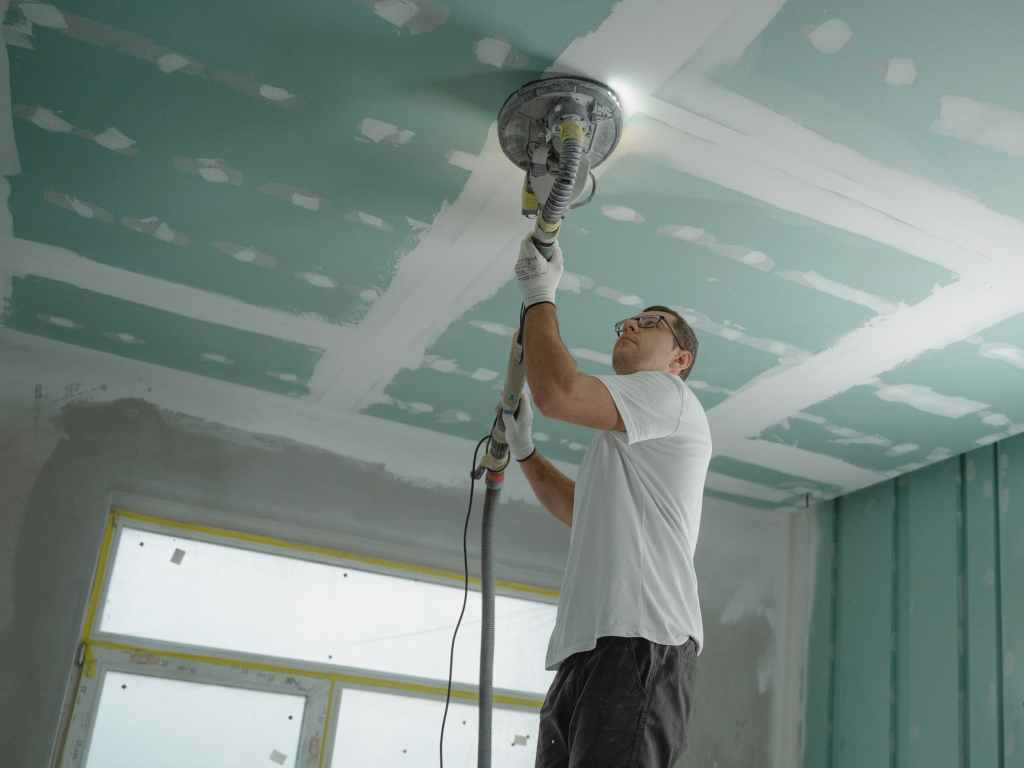


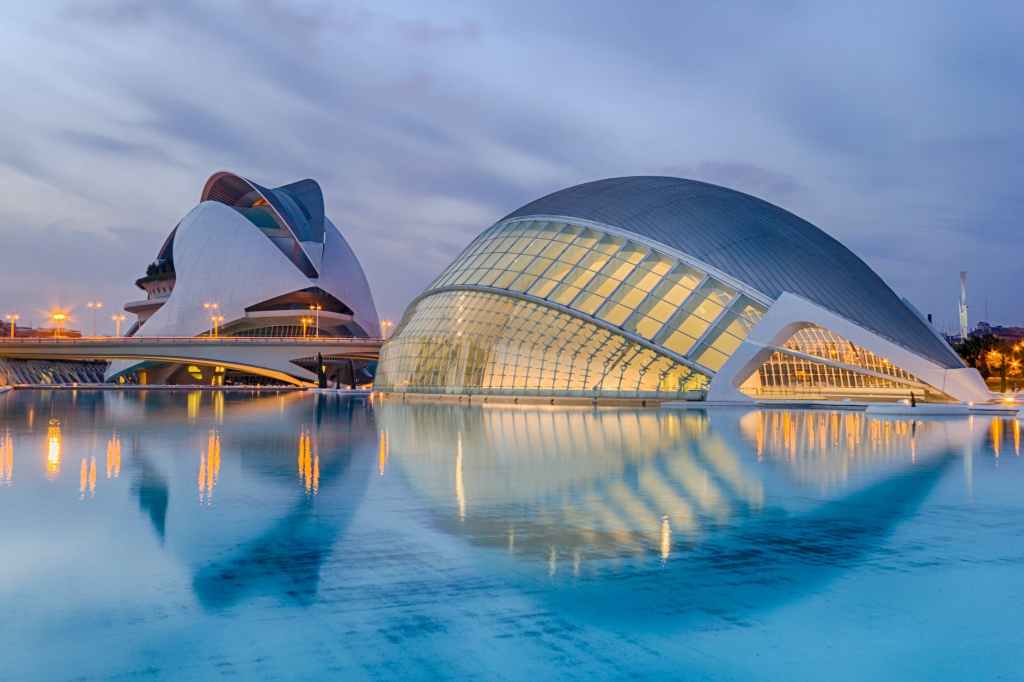
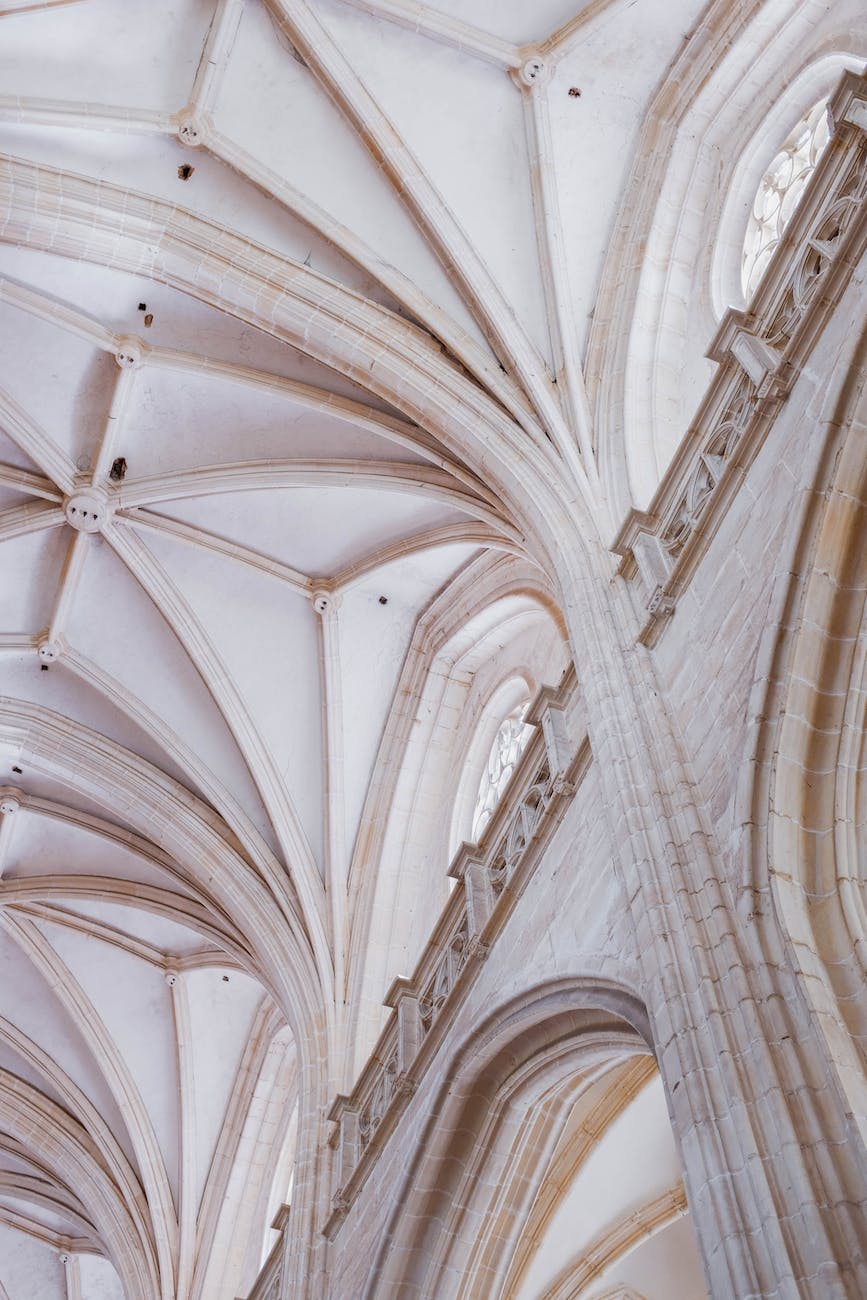

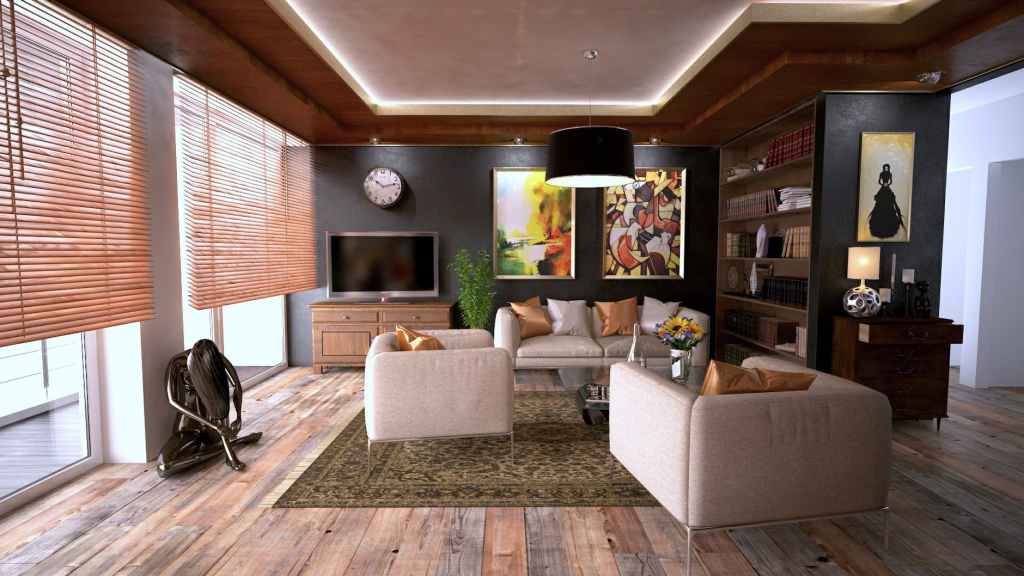





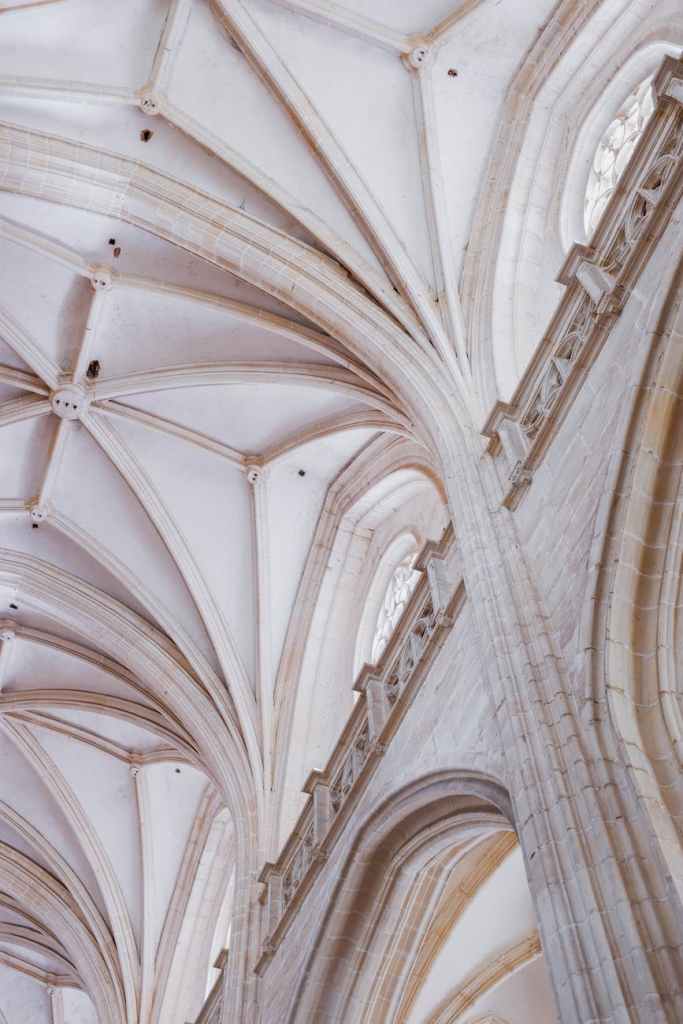


Leave a comment